About us
Our history
For more than 115 years, Barwon Water and its predecessor organisations have supplied Geelong and the wider region with a safe and secure water supply, and a reliable sewerage system.
Traditional custodians
Our present-day service region includes parts of the traditional homes of First Nations peoples. Wadawurrung and Eastern Maar are the Registered Aboriginal Parties and Traditional Owners.
Water was central to the lives of Australia’s first people; creating the rhythms of their culture, daily activities and seasonal movements. They knew about the rise and fall of river systems, and even how to access groundwater in times of drought, long before European settlement.
We respectfully acknowledge the Aboriginal community and its rich culture. We pay respect to Elders past and present. We acknowledge Aboriginal people as Australia’s first peoples and as the Traditional Owners and custodians of the land on which we live and the water on which we rely. We recognise and respect their culture, beliefs and ongoing connection to the land and water over thousands of years.
A brief history
Although the British occupation of Australia started at Sydney Cove in 1788, many years passed before it reached the Barwon region. It wasn’t until the 1830s that Europeans began occupying the land around Geelong, and the Barwon River was identified as a possible source of drinking water.
1841
Due to the poor and muddy quality of the river water, a breakwater is built by convict labourers. By the 1850s, however, both the Barwon River and Corio Bay are polluted by industrial and domestic sewage.
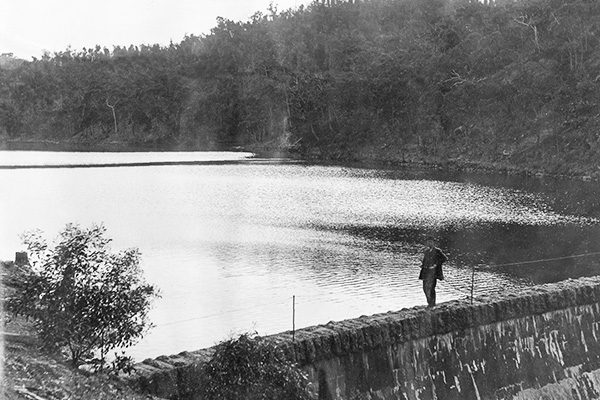
1873
Geelong’s first dam – Upper Stony Creek Reservoir – is completed, and the region’s first reticulated water supply goes online. The first connected property is the Geelong Infirmary and Benevolent Asylum, now the site of the Geelong Hospital.
Lower Stony Creek Reservoir was completed the following year.
1909
The Colac Waterworks Trust is constituted and immediately sets about designing and implementing the Olangolah water supply scheme to serve Colac. The scheme is completed in 1911, at a cost of £43,000.
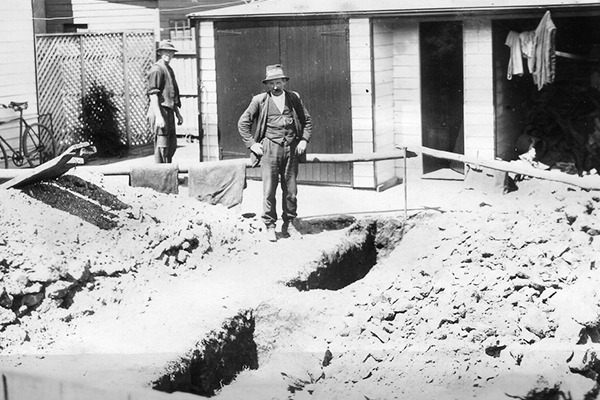
1916
The first home is connected to Geelong’s sewerage system, and the system commences the following year.
1923
The Colac Sewerage Authority is established and Colac becomes the first Victorian country town to be sewered in 1927.
1929
The State Rivers and Water Supply Commission begins supplying the Bellarine Peninsula with water from the Barwon River. The system incorporates an earthen channel from the Barwon River near Forrest to a new storage reservoir at Wurdee Boluc.
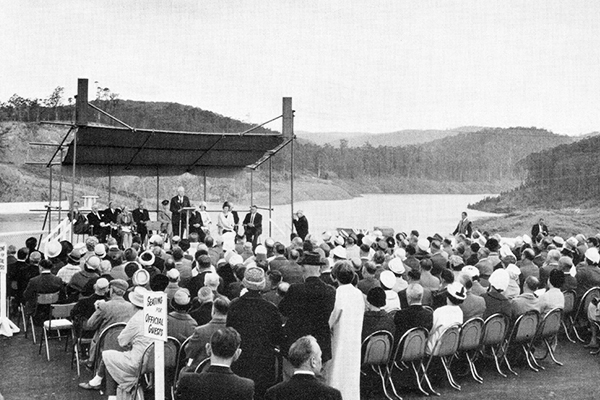
1964
The West Barwon Reservoir is built near Forrest, in the foothills of the Otway Ranges.
The first trade waste agreements are signed, meaning that factories are no longer allowed to discharge waste into the Barwon River.
1973
The West Gellibrand Reservoir (on the Gellibrand River) and the Lal Lal Reservoir (on the West Moorabool River) are opened to serve the expanding Colac and Geelong regions respectively.
1980s
Construction of groundwater bores at Barwon Downs, south-west of Colac, begins, and small sewage treatment plants are commissioned in Anglesea, Winchelsea and Portarlington.
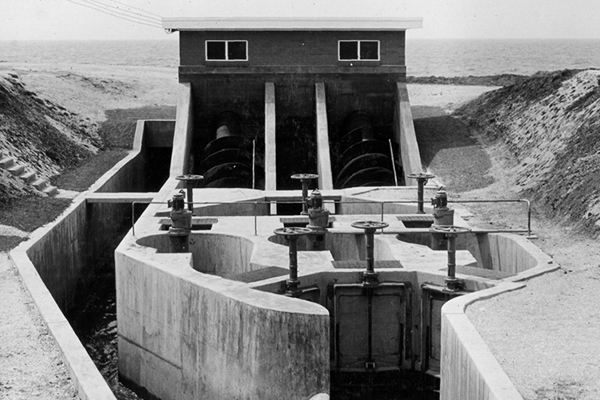
1989
The shoreline outfall at Connewarre (Black Rock) is replaced by a screening plant and ocean outfall.
The Colac District Water Board merges with the Otway Coast Water Board, and later becomes the Otway Region Water Authority.
1991
The Wurdee Boluc water treatment plant begins supplying treated water to Geelong, and the adjacent storage – the Wurdee Boluc Reservoir – is enlarged to almost 38 billion litres.
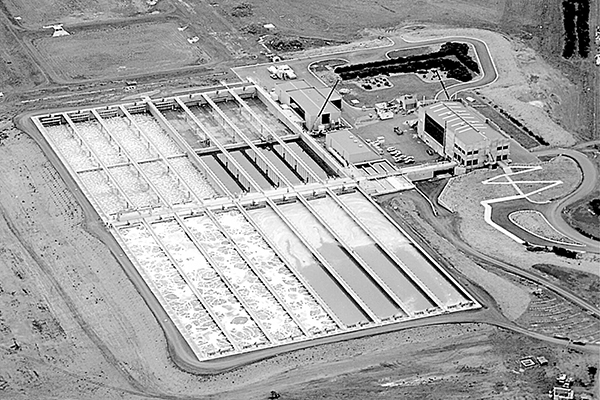
1996
The Black Rock sewage treatment plant is significantly upgraded to include biological treatment of sewage. The first agreement to provide recycled water – to a flower farm – is signed the following year.
Throughout the 1990s, additional sewage treatment plants are built in Aireys Inlet, Bannockburn, Lorne and Apollo Bay.
1997
Barwon Water and the Otway Region Water Authority merge in July.
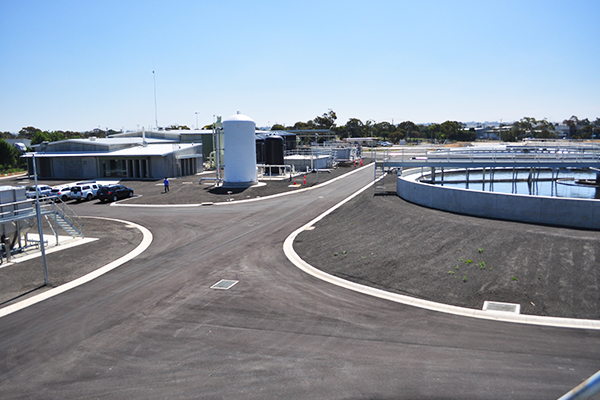
2000s
Barwon Water embarks on the most ambitious capital works program in its history, doubling the value of its asset base to more than $2 billion. Flagship infrastructure projects include the Moorabool water treatment plant, Anglesea borefield, Northern water plant, Melbourne to Geelong pipeline and a biosolids drying facility at Black Rock water reclamation plant.
2017 and beyond: Strategy 2030
Strategy 2030 details how we’re committed to taking a leading role in enabling and generating prosperity throughout our region in the future.
Living By Water: A history of Barwon Water and its predecessors
For a more in-depth look into our history, read Living By Water: a history of Barwon Water and its predecessors by historian Leigh Edmonds.
Published in 2008 to celebrate our centenary year, the book had a limited print run. It is now available to download in PDF format.
Libraries and schools: contact us if you would like a printed copy.